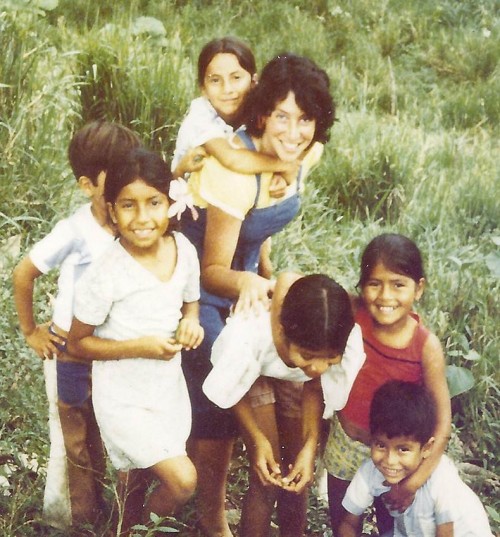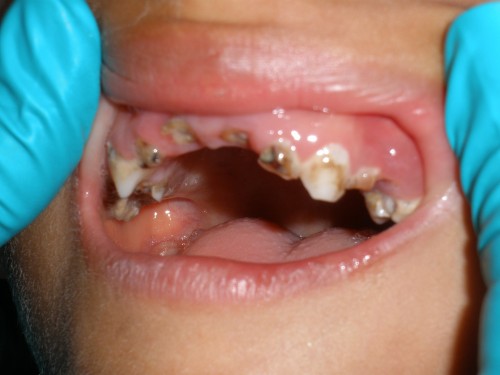My latest letter from lawyers: VITAMINWATER®
I’ve been away for the last couple of weeks, and am just getting to accumulated mail. I was surprised to find a letter dated June 18 from Angela Wilson, an attorney at Parks IP Law, a limited liability firm specializing in intellectual property rights.
In her letter, which you can read here in its entirety, Ms. Wilson writes:
We represent Energy Brands Inc., a wholly-owned subsidiary of the Coca-Cola company. Recently, we noticed that Food Politics used the term “vitamin Water” in the article, “New York Plans to Ban Sale of Big Sizes of Sugary Drinks,” which appeared in the June 4, 2012 edition of your publication (see attached).
I’m confused. The article attached to the letter is my post, “Weight of the Nation: the new “Hunger in America”?, a June 4 reprint of a column I wrote for the San Francisco Chronicle. It does not refer to “vitamin Water.”
Foodpolitics.com contains an excellent search engine. I searched my posts for “New York Plans to Ban….” No post with that title exists. I looked at posts about Mayor Bloomberg’s proposed ban on large sodas. My post about the soda initiative contains plenty of references to Coca-Cola, but says nothing about “vitamin Water.”
A search for “vitamin water” turns up 17 posts, the most recent in 2011. The most relevant is an account of a class-action suit filed against Coca-Cola by the Center for Science in the Public Interest arguing that “Vitamin Water makes sugary drinks that promote obesity but positions these products as healthful because they contain added vitamins and herbs.”
Never mind. Let’s focus on the matter at hand. Attorney Wilson’s letter continues:
It appears that the article may have been referring to our client’s VITAMINWATER® brand, but because Food Politics used the phrase “Vitamin Water,” that may not be clear to your readers. Accordingly, we write to request that your writers [sic] refer to our client’s trademark properly in future stories. [I used sic because I’m the only writer on this site.]
Her letter suggests that I follow some simple guidelines when referring to her client’s trademark. You might enjoy reading the entire list for yourself, but here’s a short summary:
- DO distinguish our client’s VITAMINWATER® trademark as one word (without a space in the middle) and in all capitals or italics
- DO add the registration symbol (“®”)
- DO follow all references to our client’s trademark with the words “enhanced water”
- DON’T use terms such as “vitaminwater,” “vitamin water,” or “vitamin waters”
Ms. Wilson’s letter concludes: “When you use our client’s name correctly, you help protect the integrity of their [sic] innovative enhanced water product.”
[Why sic? I’m a professor and can’t help this sort of thing. “Client” is singular; “their” is plural. Nouns and pronouns should agree.]
I can only imagine the enormous fees that Parks IP Law and Angela Wilson must be getting from Coca-Cola to get me to refer more precisely to its trademarks.
I’ll try. I promise.




